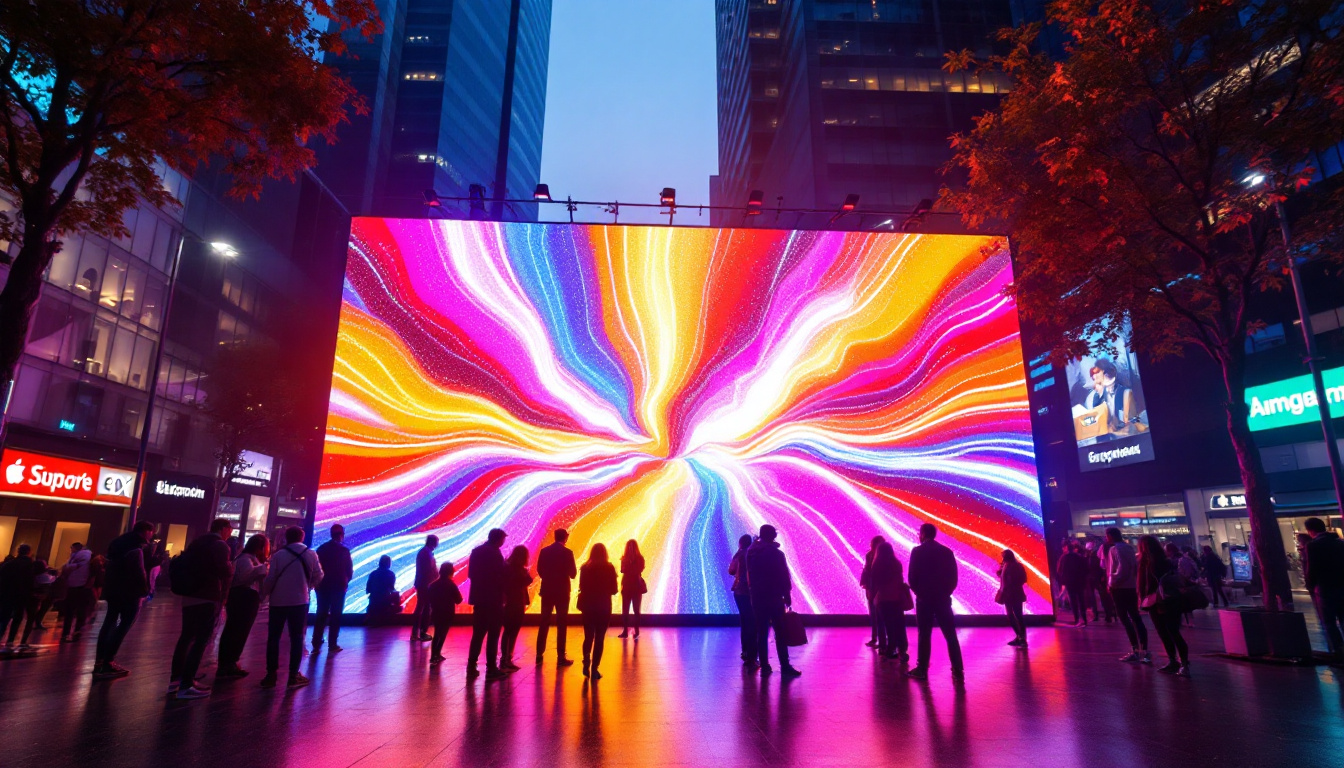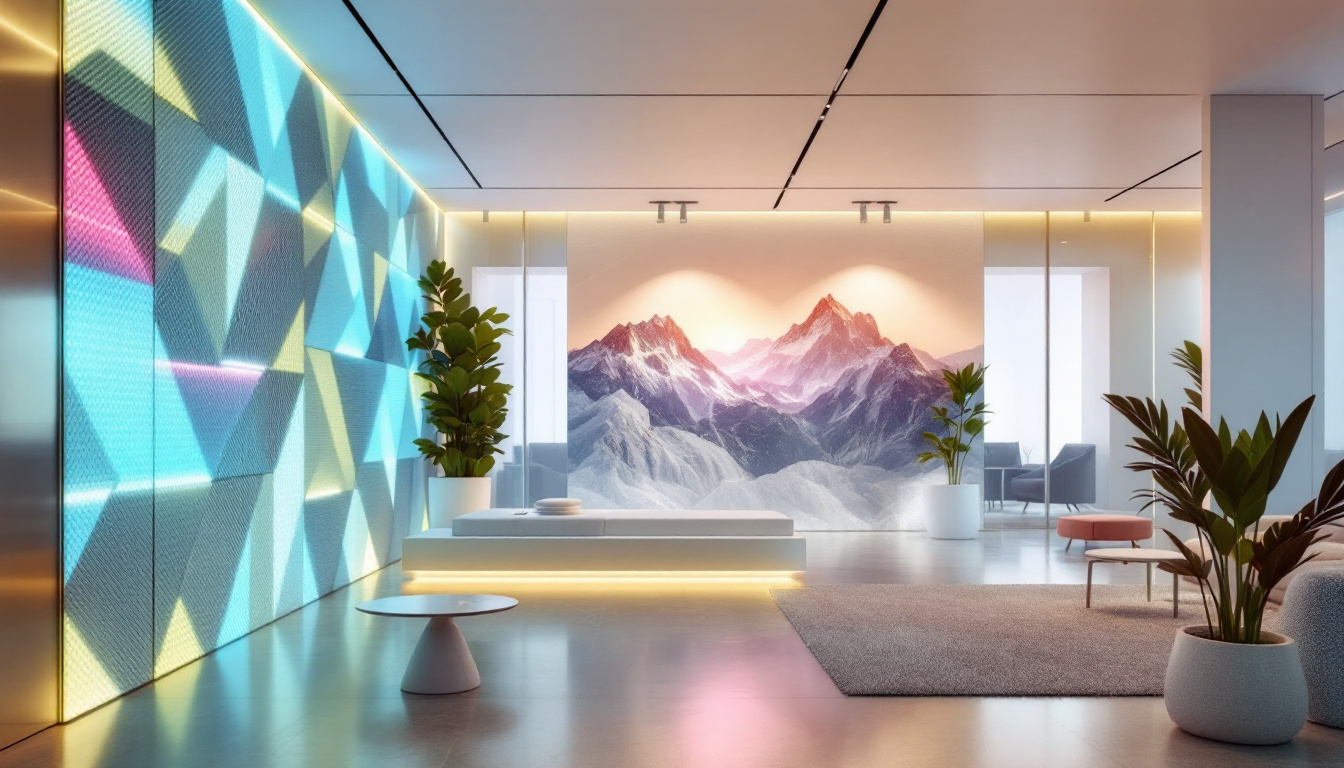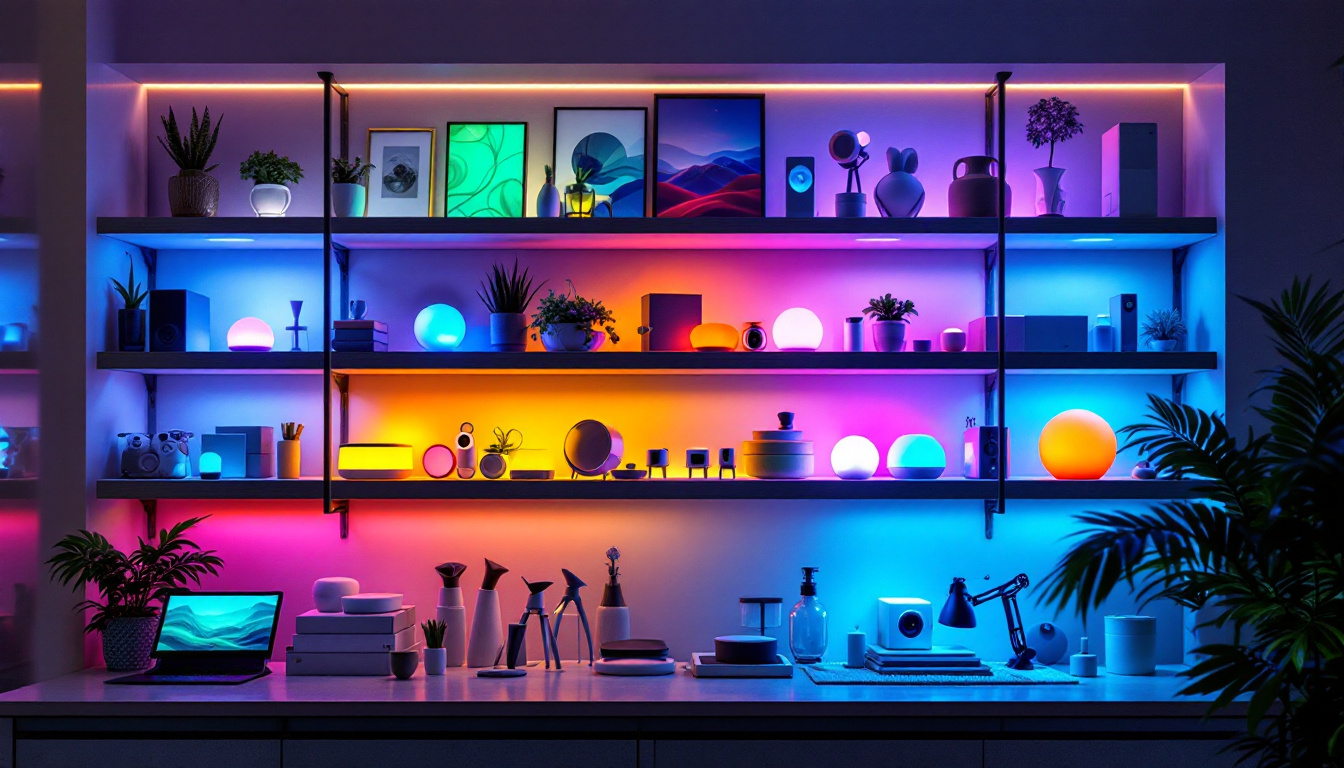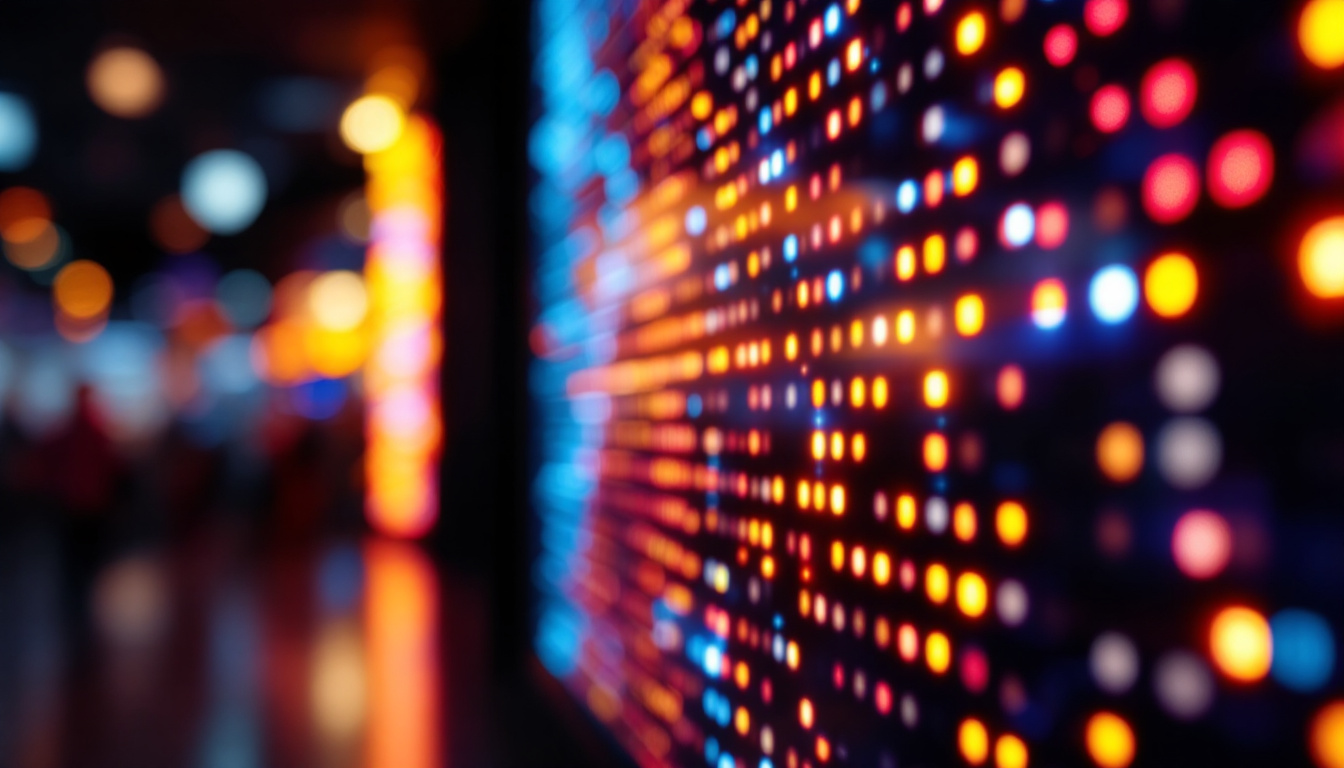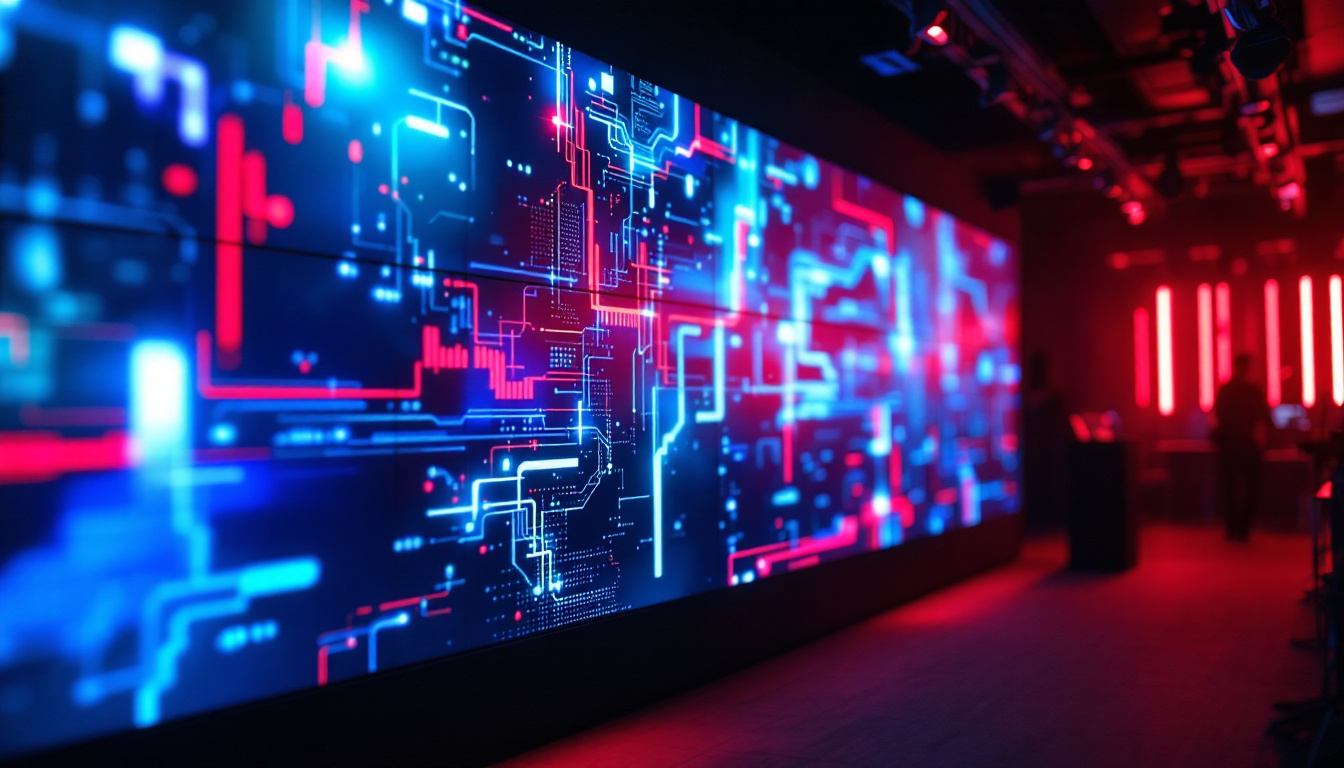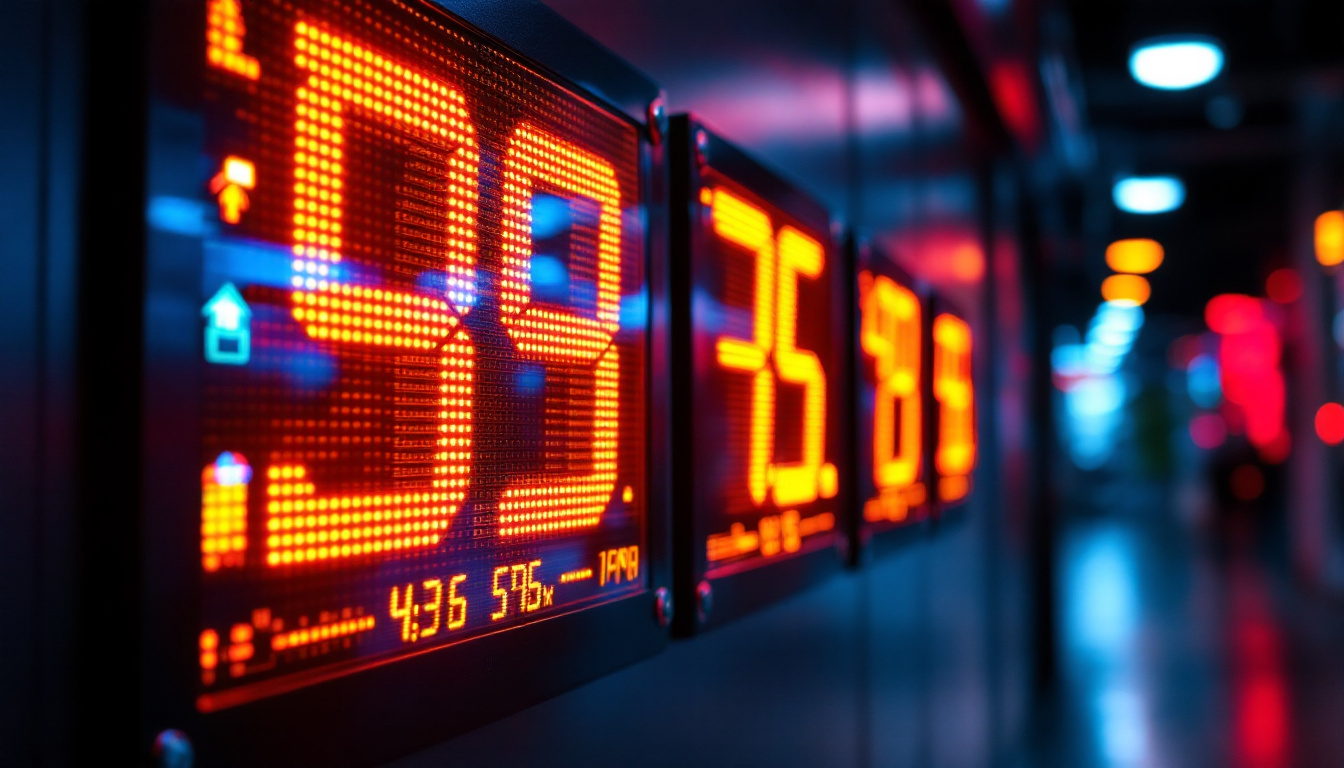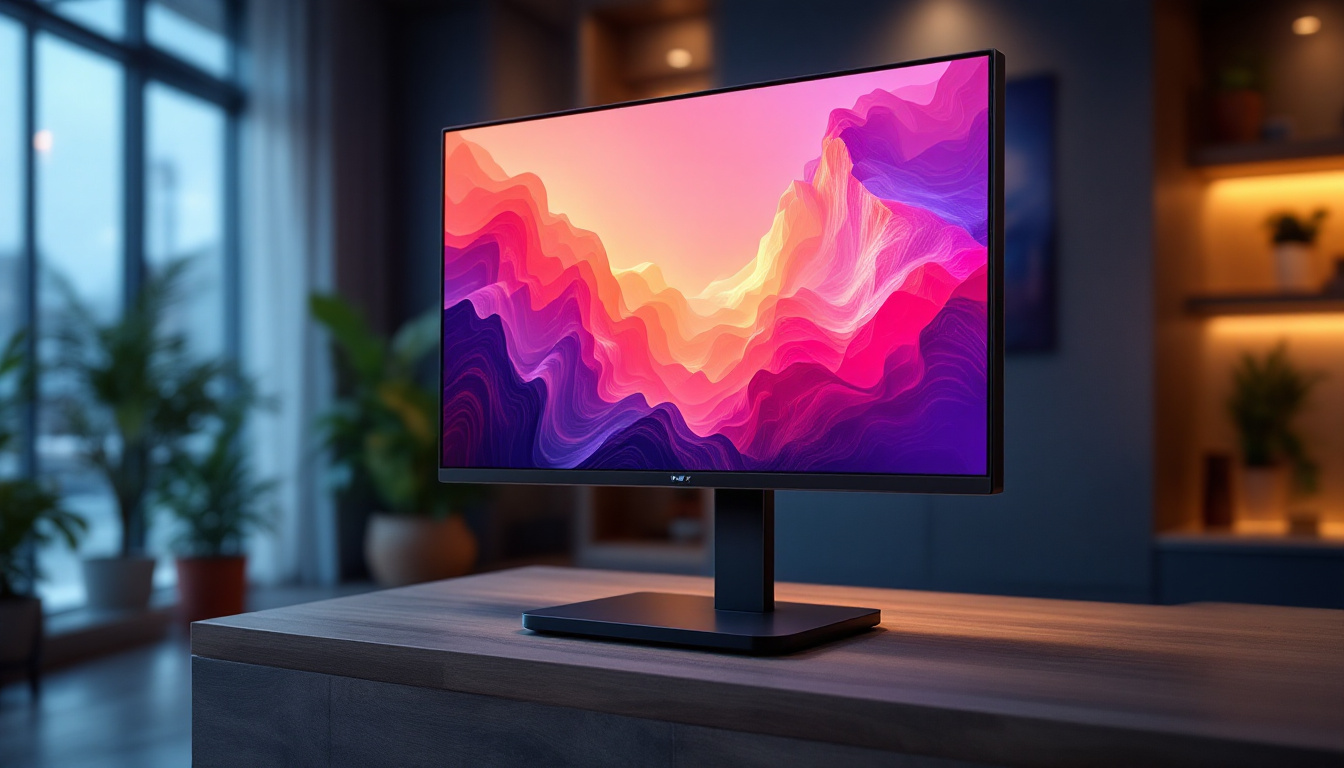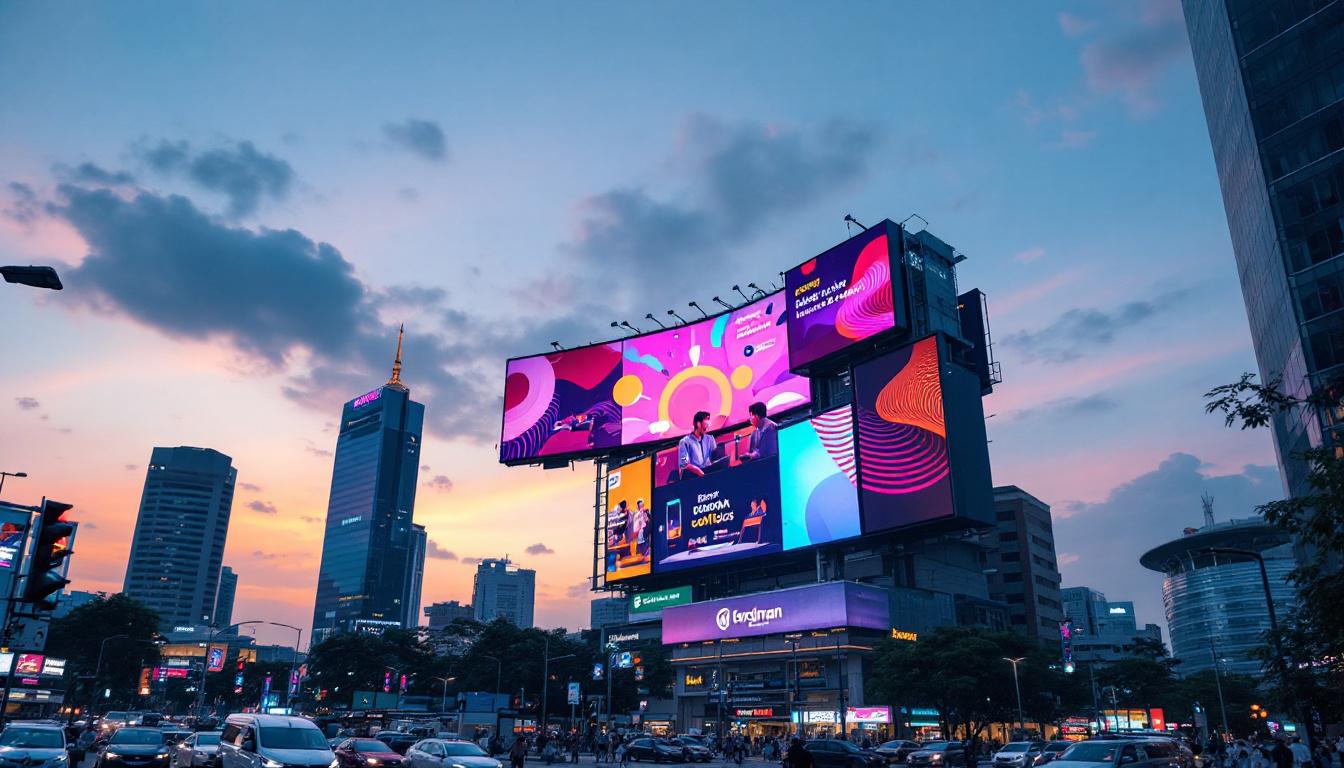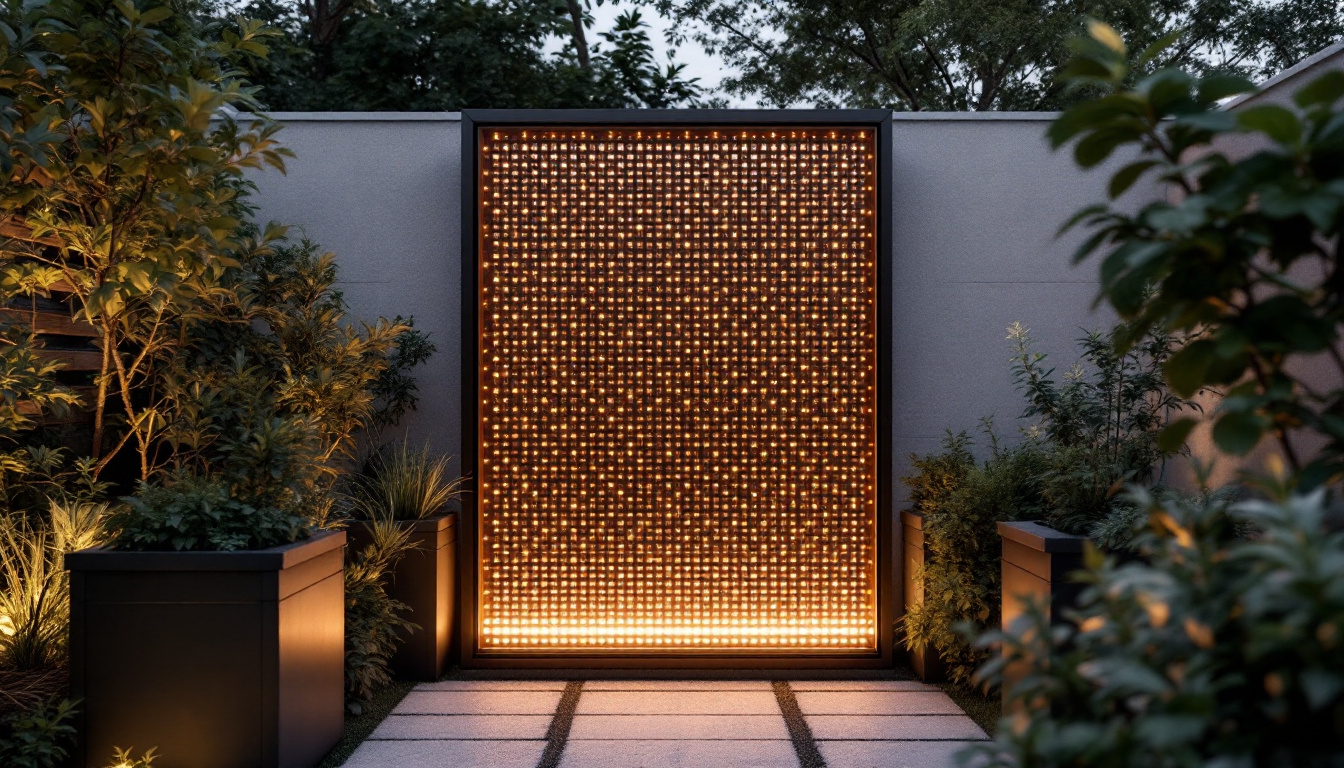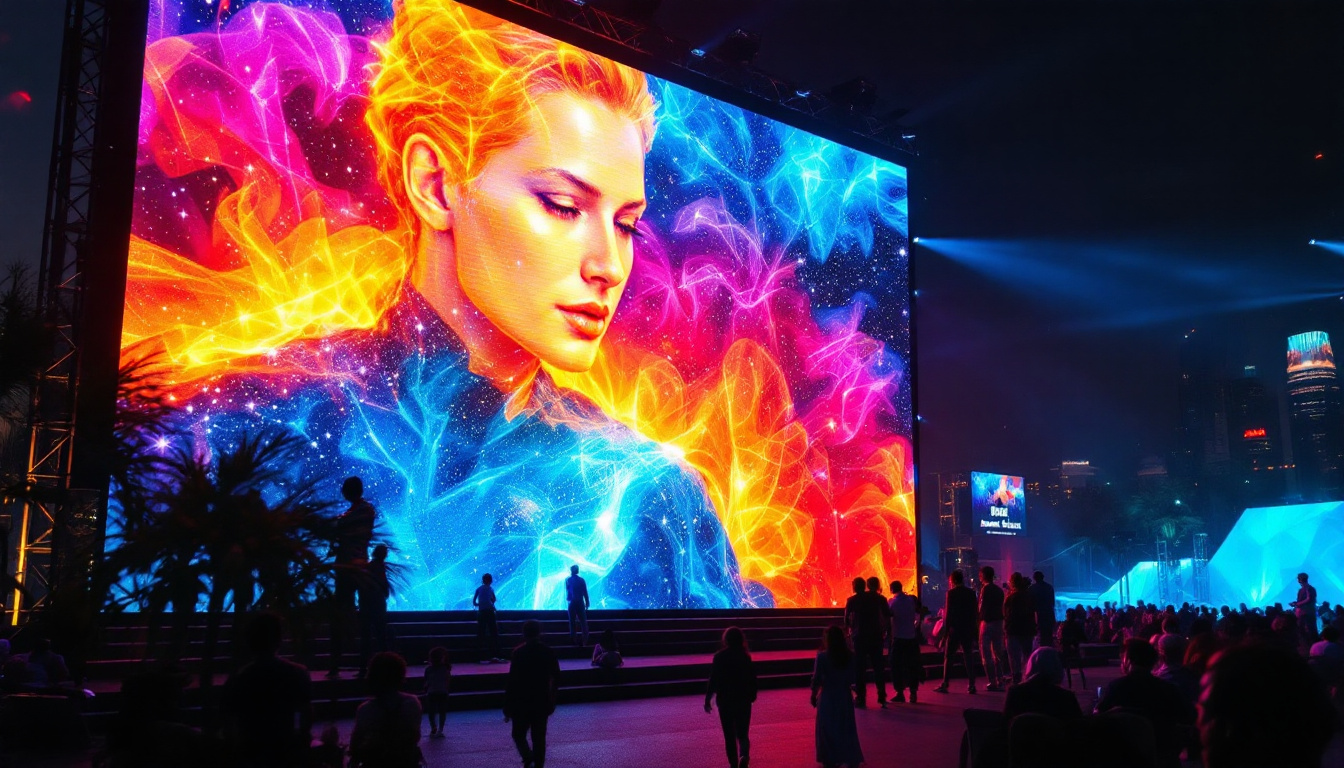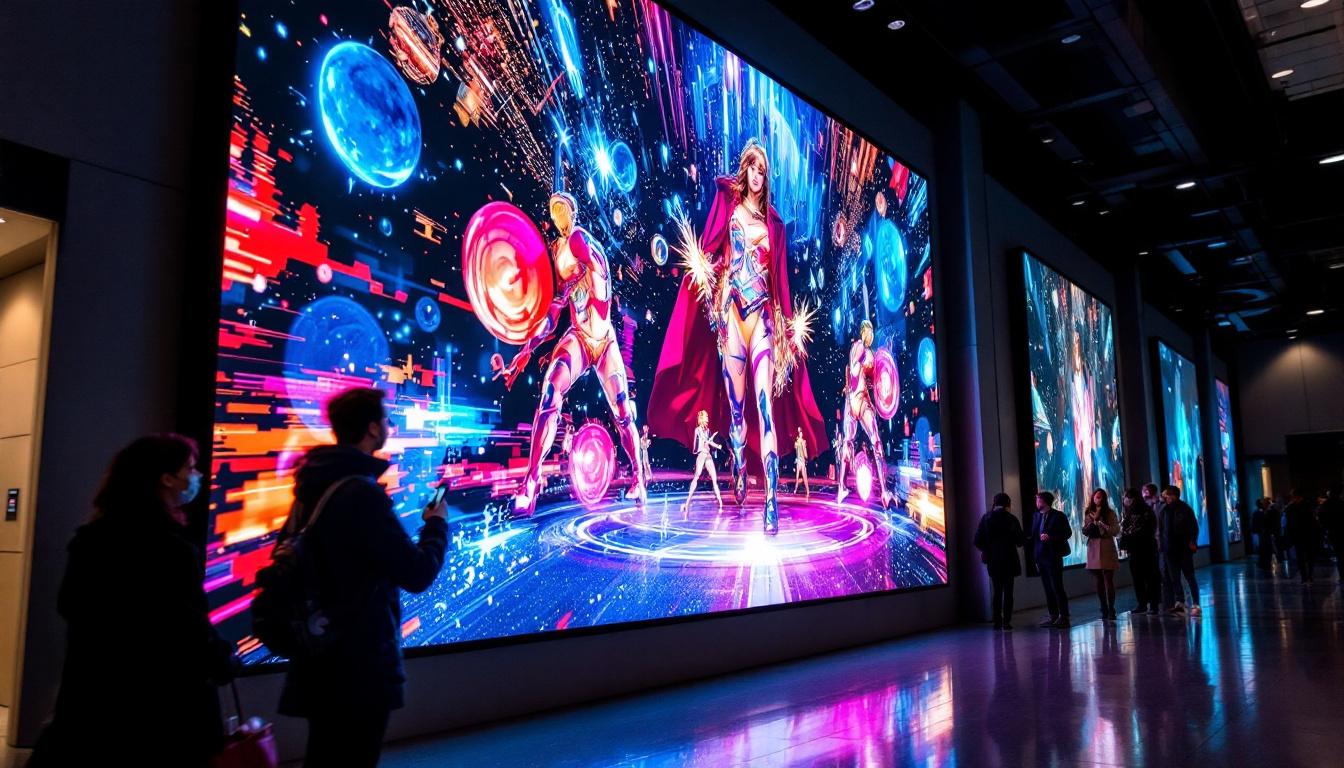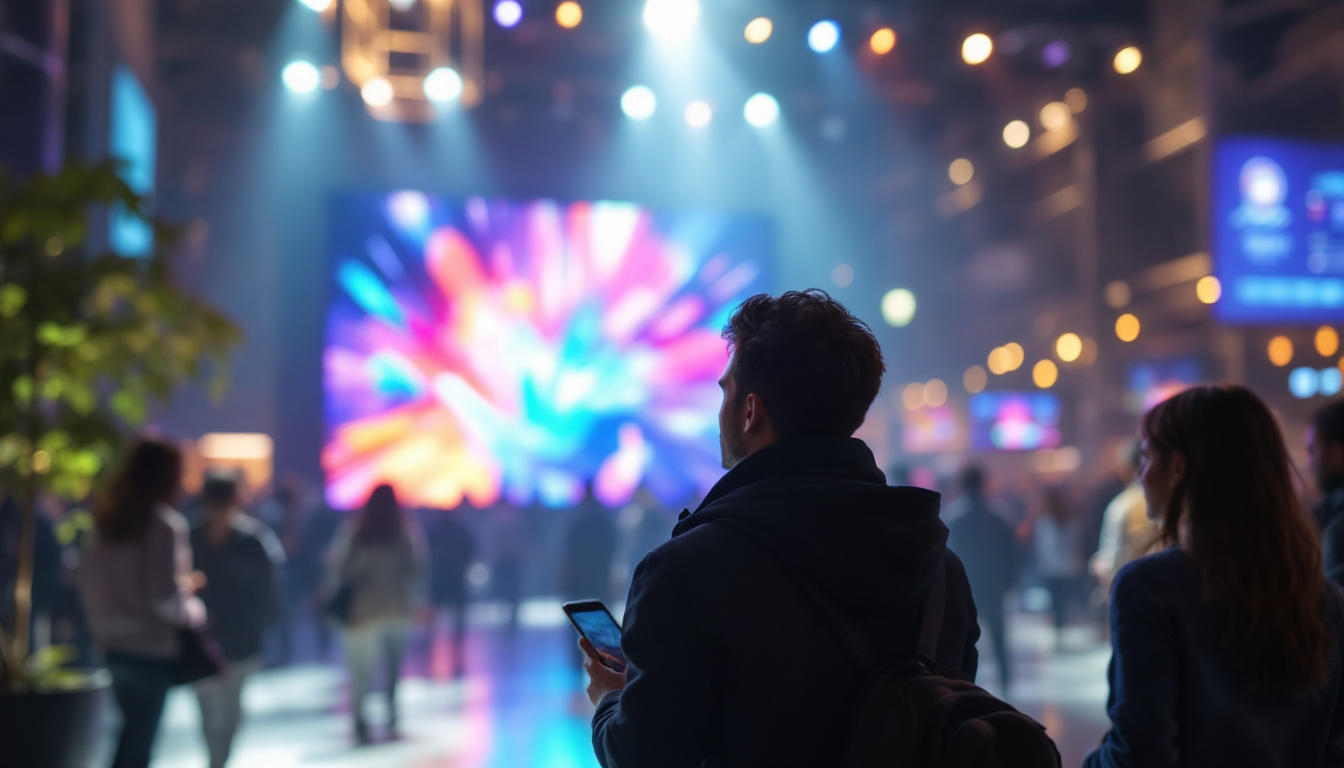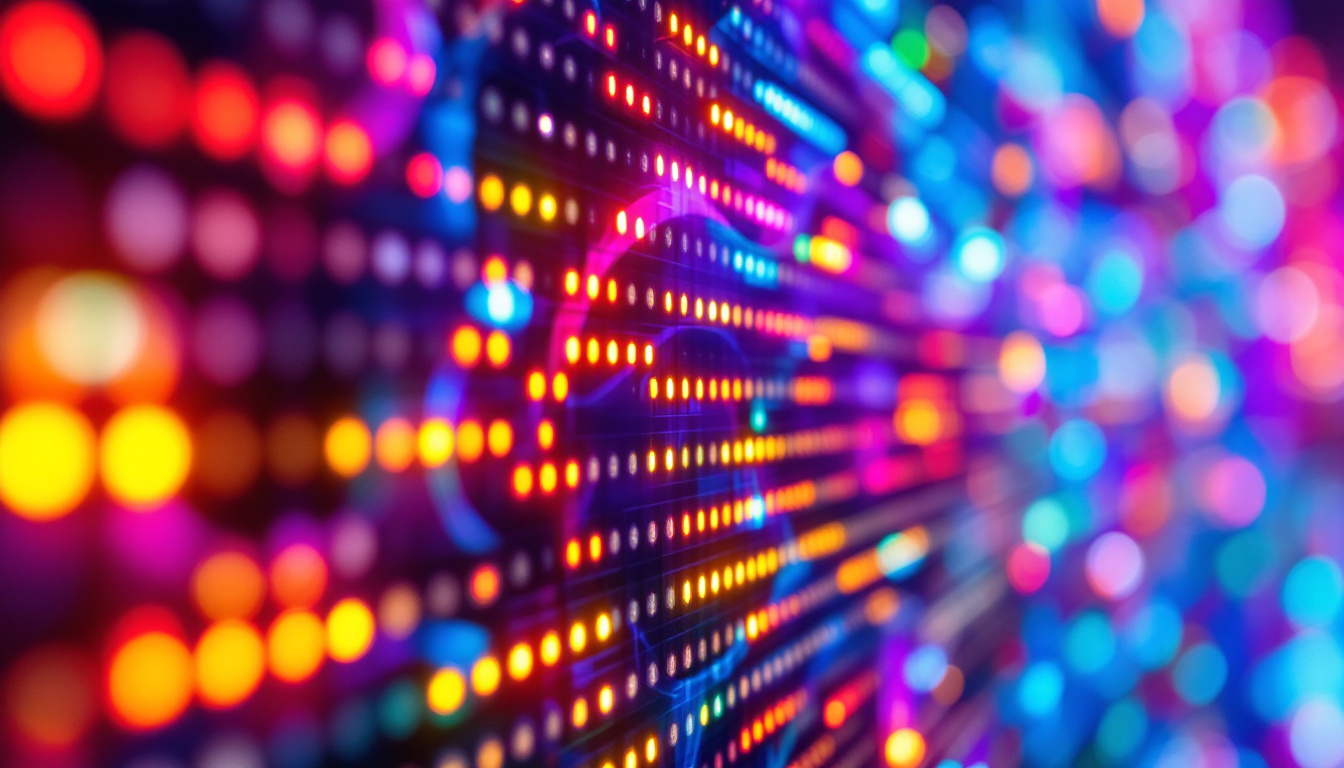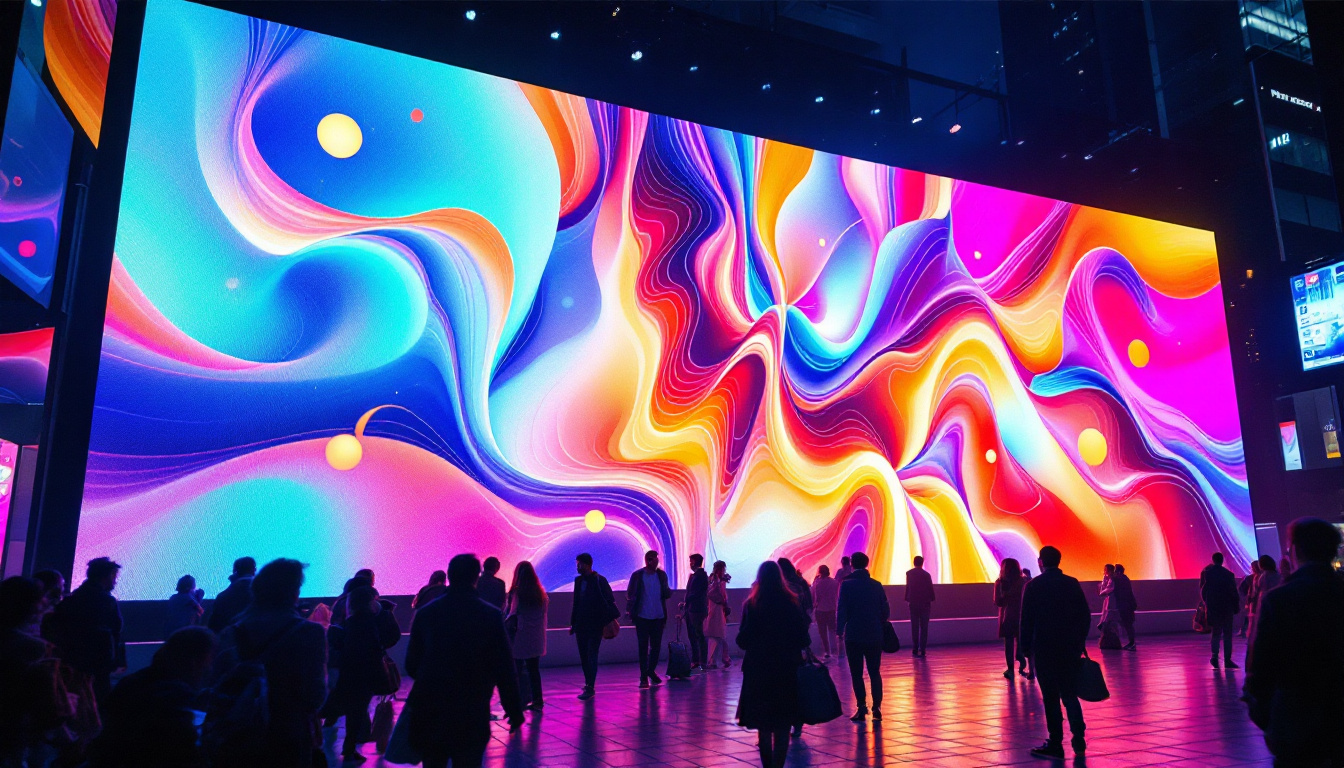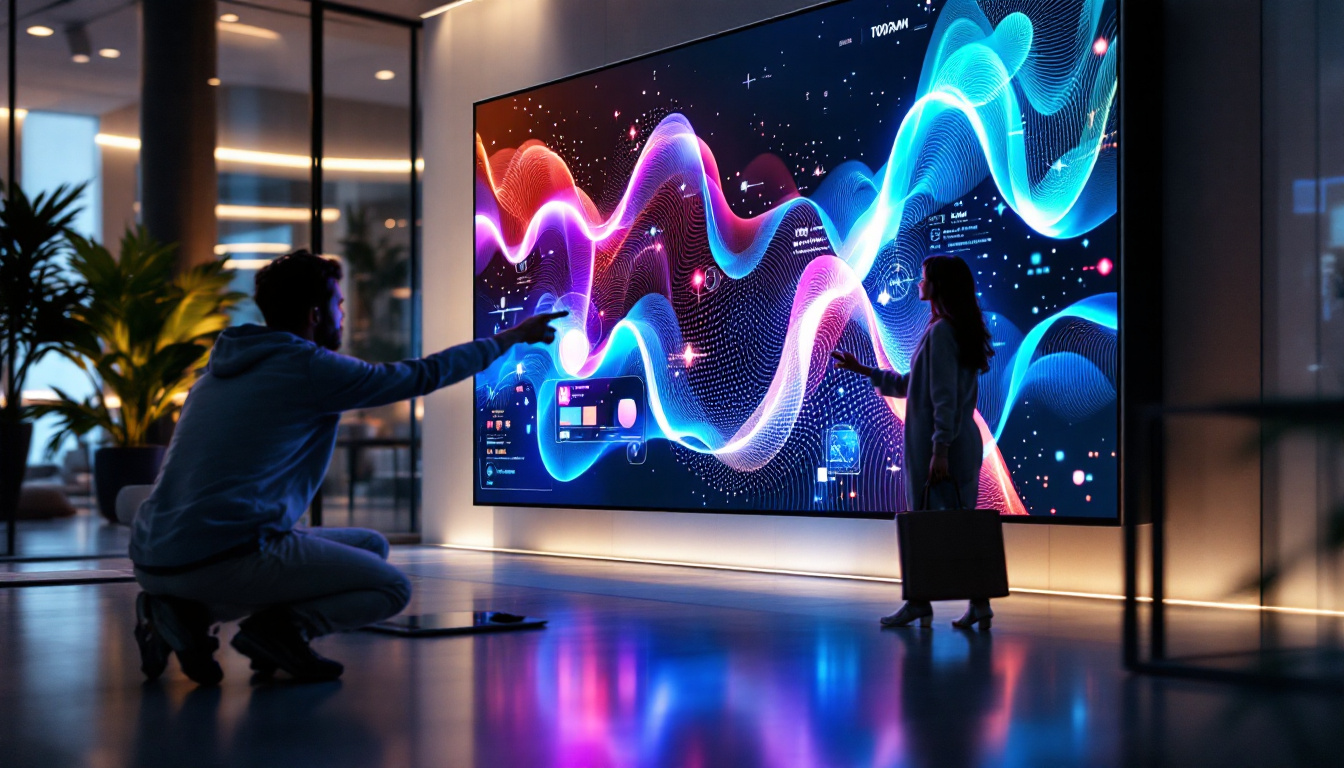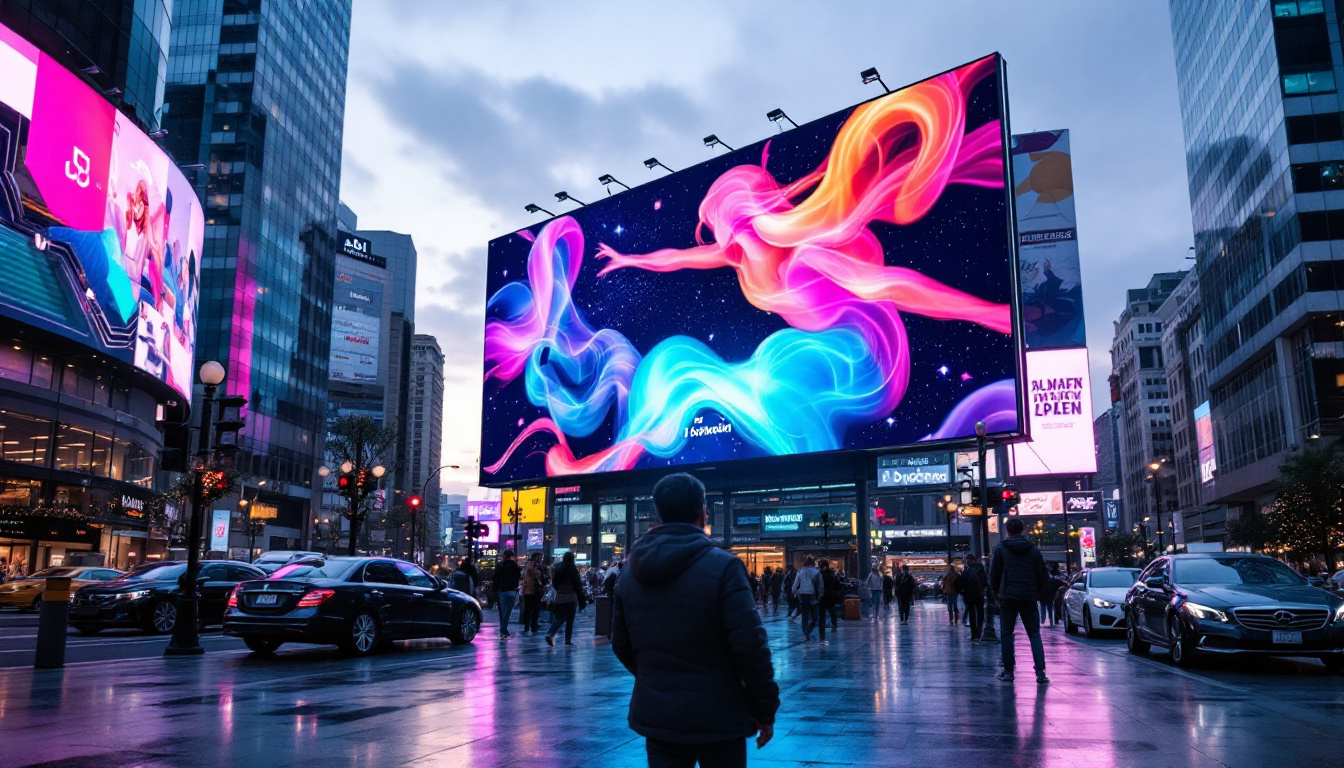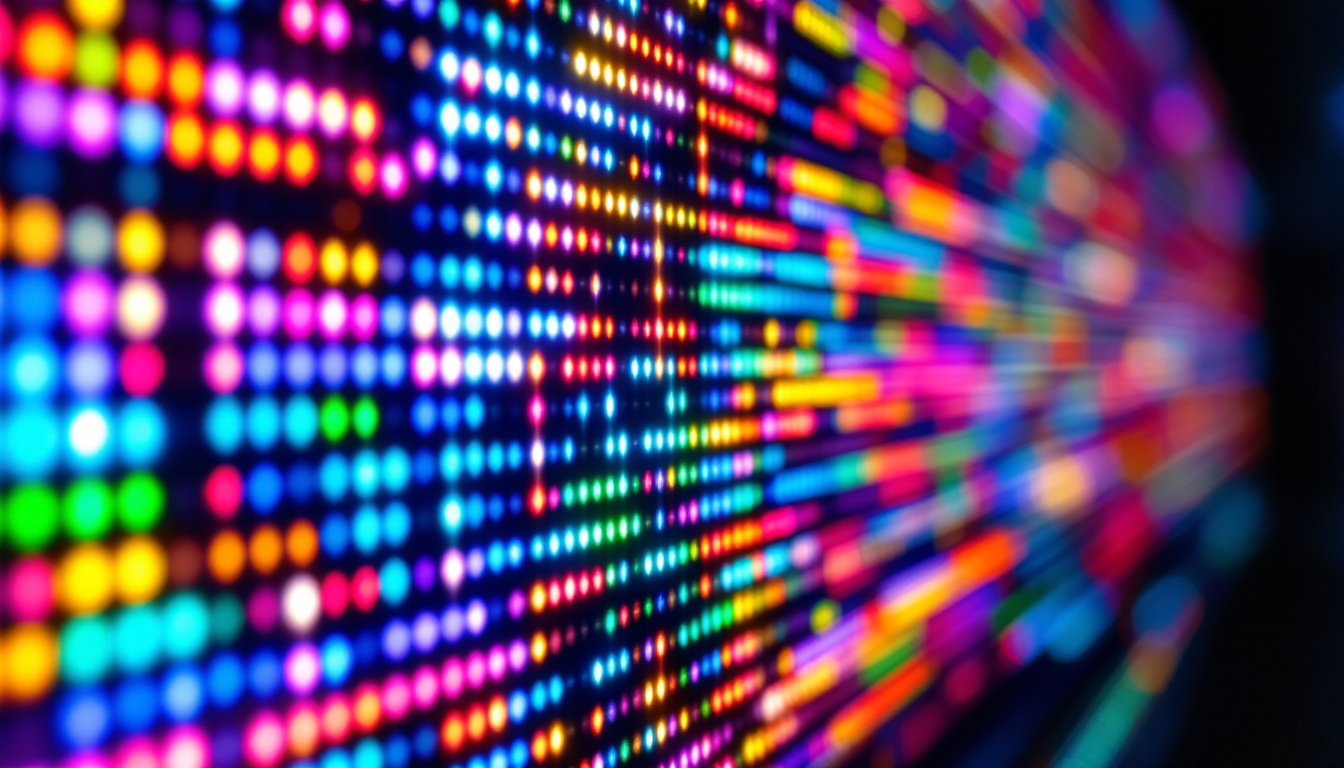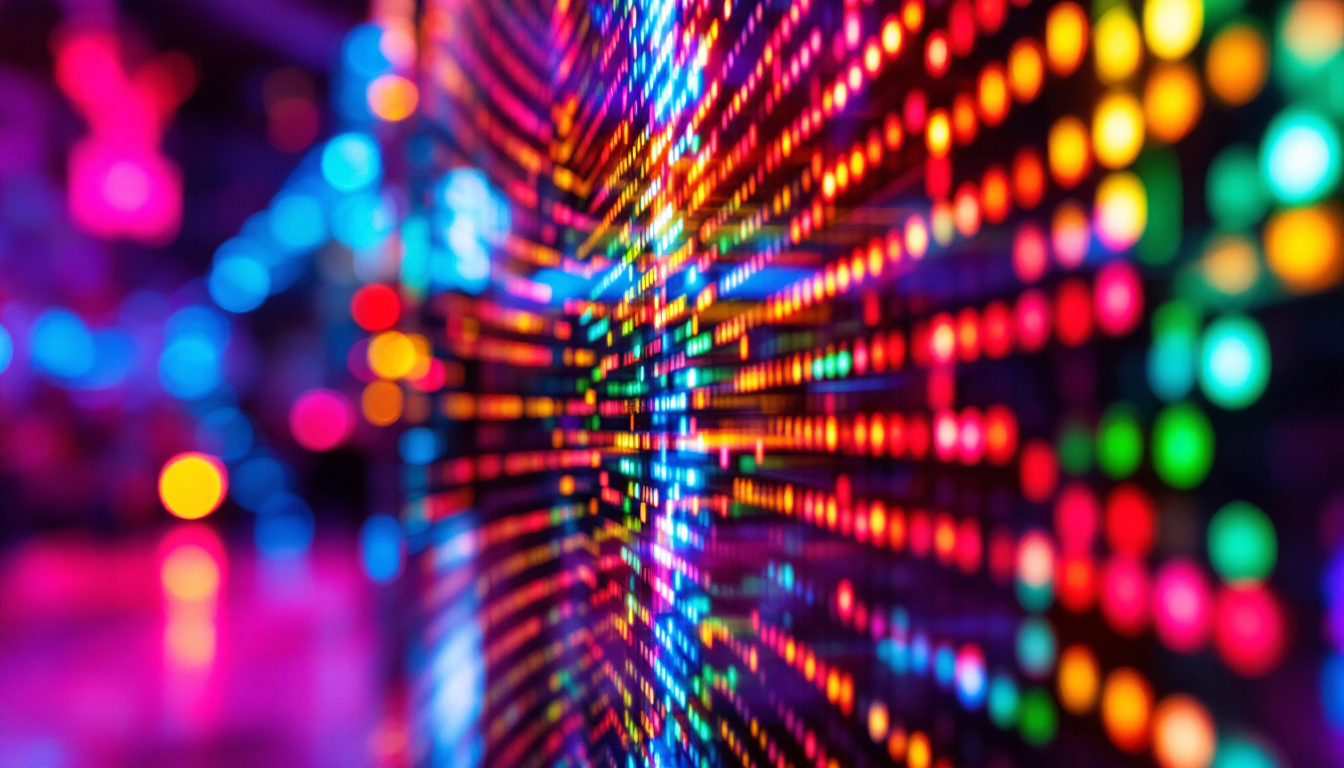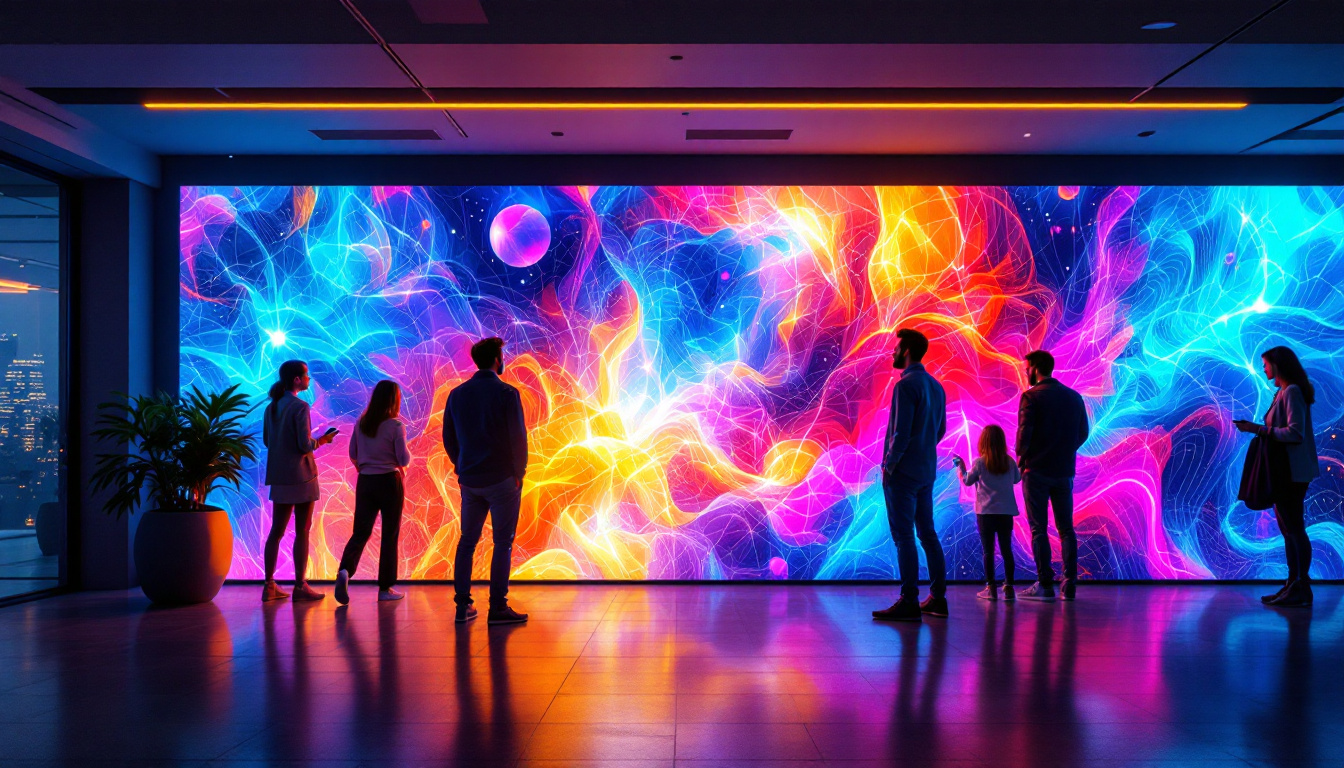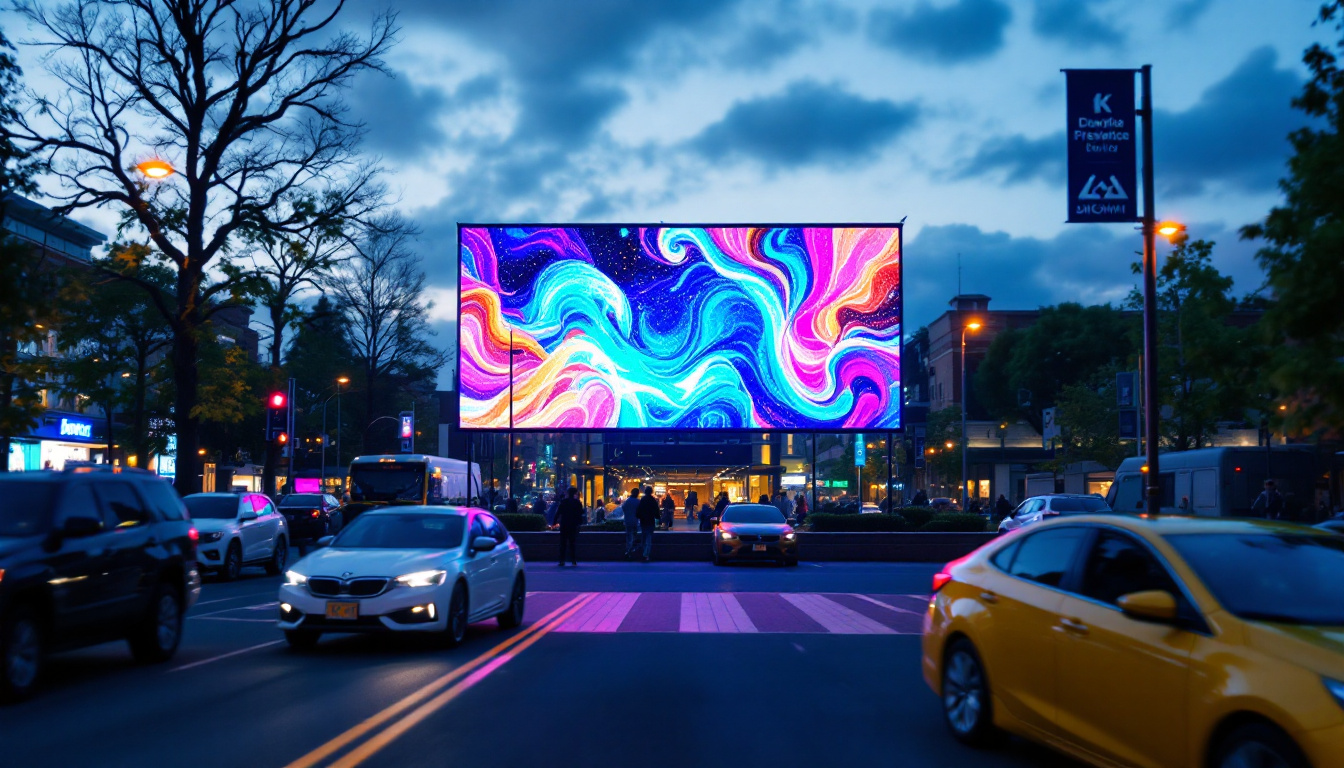In today’s fast-paced world, businesses are continually seeking innovative ways to attract customers and convey messages effectively. One of the most impactful methods of communication is through exterior digital signs, particularly LED displays. These vibrant, eye-catching signs have transformed the landscape of advertising and information dissemination. This article explores the various aspects of LED displays, including their technology, benefits, applications, and future trends.
Understanding LED Technology
LED, or Light Emitting Diode, technology has revolutionized the way digital signs operate. Unlike traditional signage, which often relies on static images or neon lights, LED displays offer dynamic content that can be easily updated and customized. This flexibility allows businesses to engage with their audience in real-time, promoting timely offers or announcements that can capture attention more effectively than static displays.
How LED Displays Work
At the core of LED displays are numerous tiny diodes that emit light when an electric current passes through them. These diodes are arranged in a grid format, allowing for the creation of colorful and intricate images. The brightness and clarity of LED displays make them suitable for both day and night visibility, ensuring that messages are seen regardless of the lighting conditions. The technology behind LED displays has also advanced significantly, with innovations such as pixel pitch improvements that allow for higher resolution images, making them even more appealing to viewers.
LED displays can be classified into two main types: indoor and outdoor. Outdoor LED displays are specifically designed to withstand environmental elements, such as rain, wind, and sunlight, making them ideal for exterior applications. These displays often incorporate protective features such as weatherproof casings and UV-resistant coatings to ensure longevity and consistent performance in various weather conditions.
Types of LED Displays
There are several types of LED displays used for exterior signage, each serving different purposes. Some of the most common types include:
- Full-Color Displays: These displays can show a wide range of colors and are ideal for advertising and promotional content. Their ability to display vibrant images and videos makes them a favorite for businesses looking to create eye-catching advertisements that stand out in crowded environments.
- Monochrome Displays: Typically used for simpler messages, monochrome displays are often seen in applications like scoreboards or basic information boards. These displays are cost-effective and can convey essential information quickly and clearly, making them suitable for venues like sports arenas and transit stations.
- Video Walls: Comprising multiple LED panels, video walls create a large, seamless display that can show high-definition video content. This type of display is particularly popular in event venues and retail spaces, where immersive visual experiences can enhance customer engagement and create memorable interactions.
In addition to these common types, there are also specialized LED displays designed for unique applications. For example, transparent LED displays are gaining popularity in retail environments, allowing businesses to showcase products while maintaining visibility through the glass. Similarly, flexible LED displays can be curved or shaped to fit unconventional spaces, providing creative solutions for architects and designers looking to push the boundaries of traditional signage.
Benefits of LED Displays
LED displays offer a multitude of advantages that make them a preferred choice for businesses and organizations looking to enhance their visibility.
High Visibility and Brightness
One of the primary benefits of LED displays is their remarkable brightness. The vibrant colors and high contrast ratios ensure that messages stand out, even in direct sunlight. This visibility is crucial for attracting attention in crowded urban environments. Additionally, LED displays can be viewed from great distances, making them ideal for outdoor advertising or large venues where reaching a wide audience is essential. The ability to maintain clarity and vibrancy at various angles further enhances their effectiveness, ensuring that no matter where a viewer is positioned, the message remains clear and engaging.
Energy Efficiency
LED technology is known for its energy efficiency. Compared to traditional neon or fluorescent signs, LED displays consume significantly less power, which translates to lower electricity bills. This energy efficiency not only benefits the environment but also contributes to long-term cost savings for businesses. Furthermore, the longevity of LED lights means they require less frequent replacement, reducing maintenance costs and minimizing waste. This durability is especially advantageous for businesses that rely on continuous operation, as it ensures a consistent and reliable display without the interruptions associated with traditional lighting solutions.
Flexibility and Customization
With LED displays, businesses can easily change their messages and graphics. This flexibility allows for real-time updates, enabling organizations to respond to current events, promotions, or customer needs. Whether it’s announcing a sale or sharing important information, the ability to customize content on the fly is invaluable. Moreover, the integration of advanced software solutions allows for dynamic content creation, including animations and video, which can further engage audiences. This adaptability not only enhances marketing strategies but also allows for creative storytelling, enabling brands to connect with their customers in more meaningful ways. The potential for interactive displays also opens new avenues for customer engagement, inviting passersby to participate in promotions or contests directly through the display interface.
Applications of LED Displays
The versatility of LED displays makes them suitable for a wide range of applications across various industries.
Retail and Advertising
In the retail sector, LED displays are used extensively for advertising products and promotions. Their ability to showcase dynamic content, such as videos and animations, captures the attention of potential customers, driving foot traffic into stores. Retailers can highlight special offers or new arrivals, ensuring that their messages resonate with the audience. Furthermore, the brightness and clarity of LED screens allow for visibility even in bright daylight, making them a preferred choice for outdoor advertising. Many retailers also utilize interactive LED displays, allowing customers to engage with the content directly, such as browsing through product catalogs or participating in promotional games, which enhances the shopping experience and encourages longer store visits.
Transportation and Wayfinding
LED displays play a critical role in transportation hubs, such as airports and train stations. They provide real-time information about arrivals, departures, and delays, helping travelers navigate their journeys with ease. Additionally, LED signs are used for wayfinding in large venues, guiding visitors to their desired destinations efficiently. These displays can also be integrated with mobile applications, allowing travelers to receive updates directly on their smartphones, which streamlines the travel experience. The use of LED technology in public transport systems, such as buses and subways, further enhances communication with passengers by displaying route information and service changes, ensuring that everyone stays informed and reducing anxiety associated with travel disruptions.
Events and Entertainment
For events and entertainment venues, LED displays enhance the audience experience. From concert stages to sports arenas, these displays are used to show live feeds, highlight performers, and share important announcements. The immersive nature of LED technology adds excitement and engagement to any event. Moreover, the flexibility of LED panels allows for creative configurations, such as curved or multi-layered displays, which can transform the visual landscape of a venue. This adaptability means that event organizers can tailor the display setup to fit the theme and atmosphere of the occasion, whether it’s a corporate gala, a music festival, or a sporting event. Additionally, LED screens can be synchronized with sound systems to create a cohesive audio-visual experience, amplifying the emotional impact of performances and ensuring that every attendee feels connected to the action on stage.
Challenges and Considerations
While LED displays offer numerous benefits, there are also challenges and considerations that businesses should keep in mind when implementing this technology.
Initial Investment Costs
The initial cost of purchasing and installing LED displays can be significant. Businesses must weigh the upfront investment against the long-term benefits and savings. However, many organizations find that the return on investment justifies the expense, particularly when considering the increased visibility and customer engagement.
Maintenance and Upkeep
Like any technology, LED displays require regular maintenance to ensure optimal performance. This includes cleaning the screens, checking for faulty diodes, and updating software. Businesses should factor in these ongoing maintenance costs when budgeting for LED signage.
Future Trends in LED Displays
The landscape of LED displays is continually evolving, with new technologies and trends emerging to enhance their functionality and effectiveness.
Smart Technology Integration
As smart technology becomes more prevalent, LED displays are increasingly being integrated with Internet of Things (IoT) capabilities. This allows for remote management, real-time data analysis, and automated content updates based on audience behavior. Such advancements will enable businesses to create more personalized and targeted advertising experiences.
Sustainability Initiatives
With growing concerns about environmental impact, the LED industry is focusing on sustainability. Innovations in materials and manufacturing processes are being developed to reduce waste and energy consumption. Additionally, recycling programs for old displays are becoming more common, promoting a circular economy.
Enhanced Interactivity
Future LED displays are expected to incorporate more interactive features, allowing users to engage directly with the content. Touchscreen capabilities, augmented reality, and mobile integration will create immersive experiences that captivate audiences and encourage participation.
Conclusion
Exterior digital signs, particularly LED displays, have transformed the way businesses communicate with their audiences. With their high visibility, energy efficiency, and versatility, LED displays are an indispensable tool for effective advertising and information dissemination. As technology continues to advance, the potential for LED displays will only grow, offering exciting opportunities for businesses to connect with their customers in innovative ways.
Investing in LED signage is not just about keeping up with trends; it’s about leveraging technology to create impactful experiences that resonate with audiences. As the digital landscape evolves, embracing LED displays will undoubtedly play a pivotal role in the future of communication and marketing.
Discover the Future of Visual Engagement with LumenMatrix
Ready to elevate your brand’s presence and captivate your audience like never before? LumenMatrix is at the forefront of LED display innovation, offering a comprehensive range of solutions tailored to your unique needs. From stunning Indoor and Outdoor LED Wall Displays to dynamic Vehicle and Sports LED Displays, our technology is designed to make your message shine. Experience the power of our Custom, All-in-One, and Transparent LED Displays and see how we’re redefining visual communication. Don’t miss the opportunity to transform your advertising and information dissemination strategies. Check out LumenMatrix LED Display Solutions today and join the revolution in digital signage.

